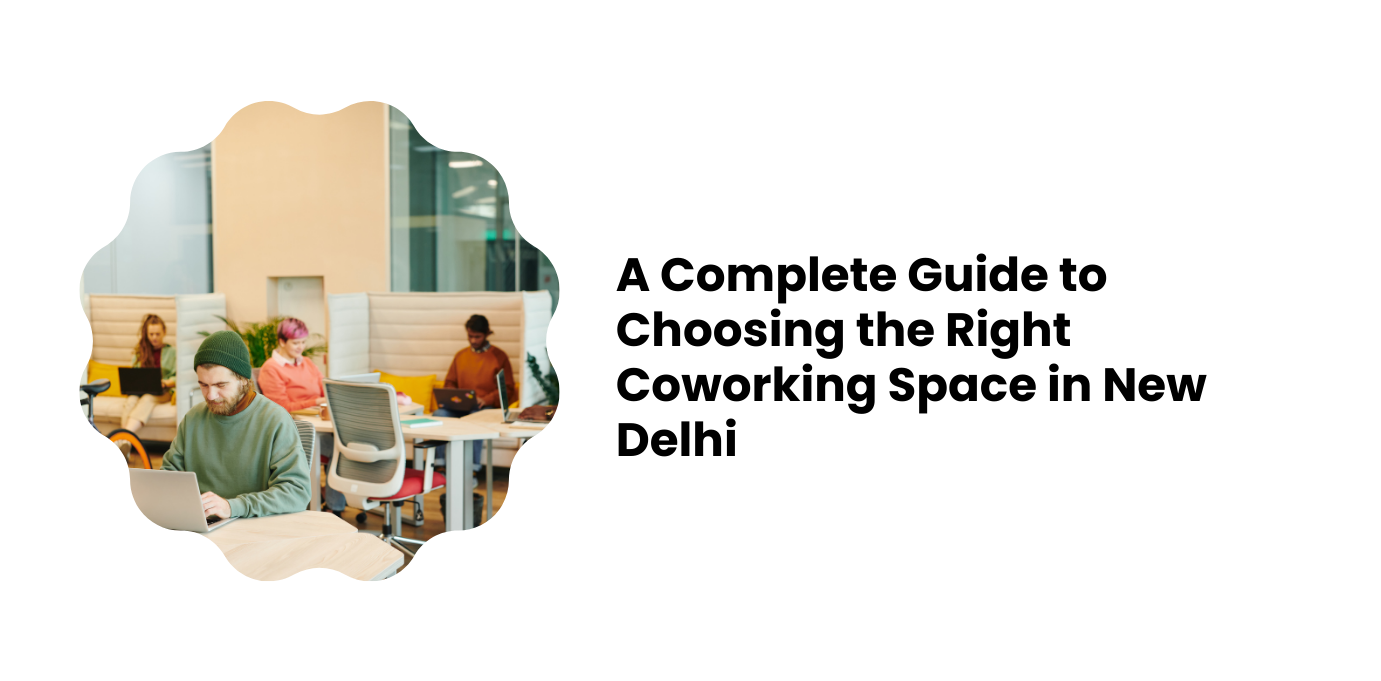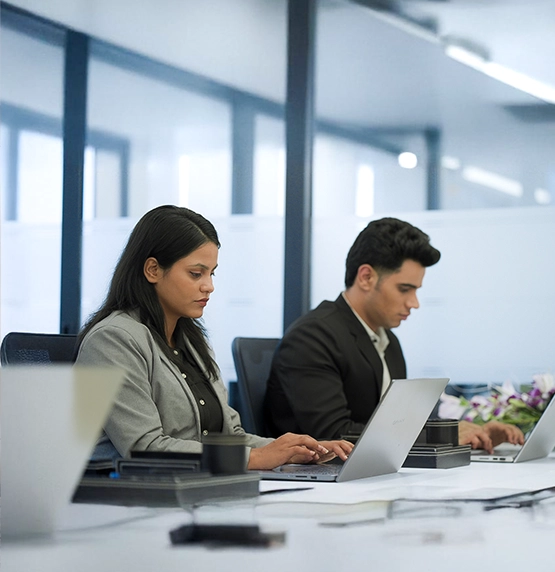Design an Effective Coworking Space in Delhi

When it comes to designing a coworking space that is comfortable and innovative, interior designers majorly focus on balancing acts. The collaborative office environment must foster productivity appealing to both extroverts and introverts. Some of the most loved coworking space in Delhi turn the idea of a ‘traditional office’ on its head entirely by designing spaces which gives a vibe more like coffee shops and less like the desk area workplaces. But do you sit comfortably and able to concentrate in such a noisy open environment? Do such designs encourage collaboration and innovation? Well for a serious established business, it may not be as useful as compared to young solopreneurs. Here we bring some points to keep in mind while designing coworking spaces or shared spaces to get the most of it.
This is a never-ending process
 The design ideas for encouraging collaboration includes the smart utilization of light to affect people’s mindset and create a certain tone, to altering floor/roof levels to support subtle differentiation between zones inside the overall space. The critical point is that to make divisions of function and use within the space, we need not unnecessarily create physical dividers. These non-physical means are subsequently behavioural and the key challenge for any co-working space is to create a culture that impacts overall behaviour. Giving individuals the opportunity to influence and impact the design of the space can be an important and recurring theme. Co-working spaces shouldn’t necessarily be finished, or be viewed, all things considered, rather they can operate in a perpetual beta-mode, developing over time according to the needs and wishes of the individuals who use them.
The design ideas for encouraging collaboration includes the smart utilization of light to affect people’s mindset and create a certain tone, to altering floor/roof levels to support subtle differentiation between zones inside the overall space. The critical point is that to make divisions of function and use within the space, we need not unnecessarily create physical dividers. These non-physical means are subsequently behavioural and the key challenge for any co-working space is to create a culture that impacts overall behaviour. Giving individuals the opportunity to influence and impact the design of the space can be an important and recurring theme. Co-working spaces shouldn’t necessarily be finished, or be viewed, all things considered, rather they can operate in a perpetual beta-mode, developing over time according to the needs and wishes of the individuals who use them.
Allow individuals to experiment with space
 A community of users should feel that they can play with space and use each part of it: a white wall might be utilized as a projection screen, a glass divider could be a writable surface, for instance. This idea of multi-functionalism makes a sense of flux, of exciting things going to happen. Enabling clients to connect with space likewise helps build a sense of ownership, and like a space that is in flux, enable thoughts to spread and facilitates a more relaxed sharing work culture. Understanding the personalities of the individuals is important and the activity of mapping the people within the community is something that should be possible by the individuals themselves. Like local graphic designers could be urged to create member profiles with essential part data to be displayed inside the space. Urging people to feel ownership of the space and act independently can be viewed as an important product of the design of a space. Spaces have this capacity to assemble connections and also to convey member activity to the world outside. Windows that face out onto a road can be canvases to display member projects, for instance. Ground floor spaces could have shop shows profiling and even offering the products of the individuals who work inside them. These are exciting opportunities for so-called ‘make’ spaces, and give weight to the possibility that one future for coworking is the full environment of work in a physical sense, real products as well as benefits.
A community of users should feel that they can play with space and use each part of it: a white wall might be utilized as a projection screen, a glass divider could be a writable surface, for instance. This idea of multi-functionalism makes a sense of flux, of exciting things going to happen. Enabling clients to connect with space likewise helps build a sense of ownership, and like a space that is in flux, enable thoughts to spread and facilitates a more relaxed sharing work culture. Understanding the personalities of the individuals is important and the activity of mapping the people within the community is something that should be possible by the individuals themselves. Like local graphic designers could be urged to create member profiles with essential part data to be displayed inside the space. Urging people to feel ownership of the space and act independently can be viewed as an important product of the design of a space. Spaces have this capacity to assemble connections and also to convey member activity to the world outside. Windows that face out onto a road can be canvases to display member projects, for instance. Ground floor spaces could have shop shows profiling and even offering the products of the individuals who work inside them. These are exciting opportunities for so-called ‘make’ spaces, and give weight to the possibility that one future for coworking is the full environment of work in a physical sense, real products as well as benefits.
Reflect your users

If space is excessively autonomous could it become impossible to foster interaction? Would a too effective member mapping tools reduce the opportunity for members to connect serendipitously? There are numerous apparently contradictory questions such as these. So the key theme that developed reliably is that shared spaces ought not to be overly prescriptive in their design. Rather they should be sufficiently open to interpretation from their clients and change after some time. This receptiveness gives space to members to take control of shaping and hosting their environment which thus causes a more communitarian and sharing culture inside the space. For more information or to book a coworking space in Delhi, please contact us on +91 11 30446402 or email at info@avanta.co.in.









